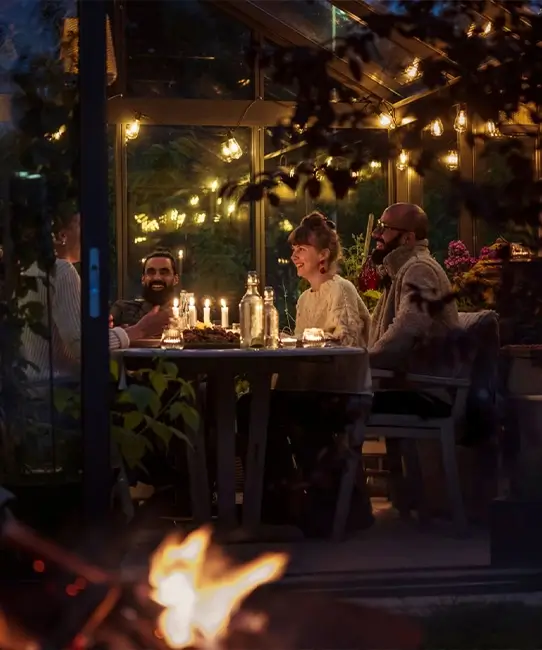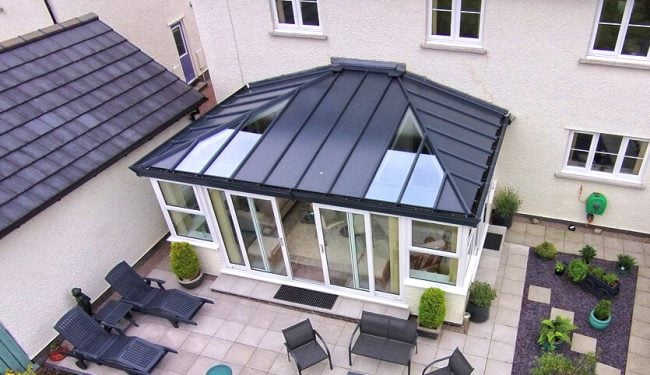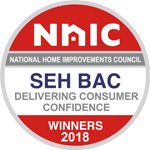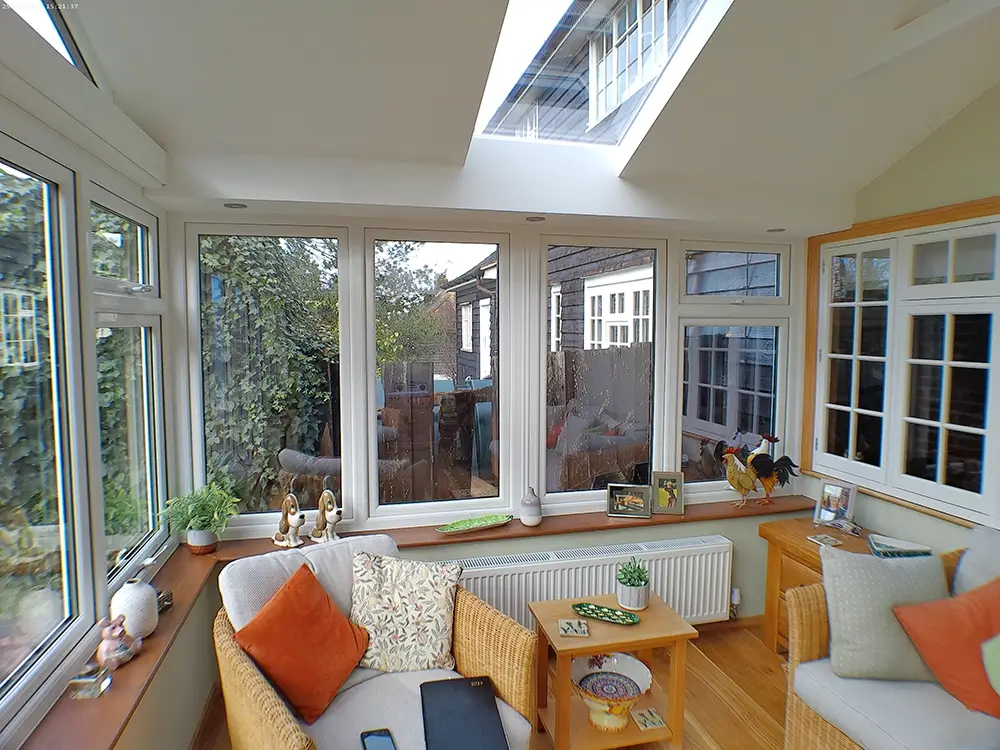
Rethinking a conservatory for temperature management
It’s a saying in business that you should do as much research as makes you feel comfortable. Of course, that means different things to different people. But when your project has a clear objective—like making a redeveloped room more live-able—it makes a lot of sense to ask the right questions in the right places.
The Russell’s had lived with a traditional style conservatory with a hip roof attached to the rear of their house, facing south west and enjoying a lot of sun. ‘It had always been incredibly hot and really made the room pretty much unusable in the summer months. It was aging, so it felt like it was time to make a change and replace the complete structure.’
But this time around they wanted to try to resolve the too-hot-insummer- too-cold-in-winter problem common to older conservatories.
‘We looked at companies who provided conservatories and different roofing solutions and I did a bit of technical research around how efficient or otherwise solid roofs would be compared to the traditional glass roof,’ says Mr Russell.
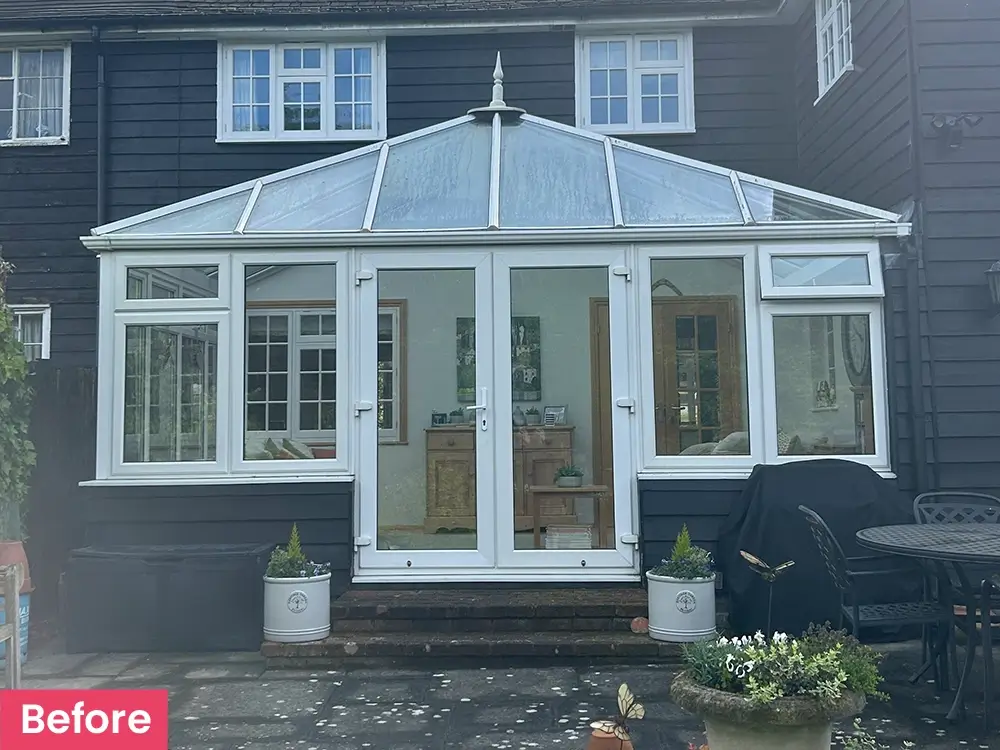
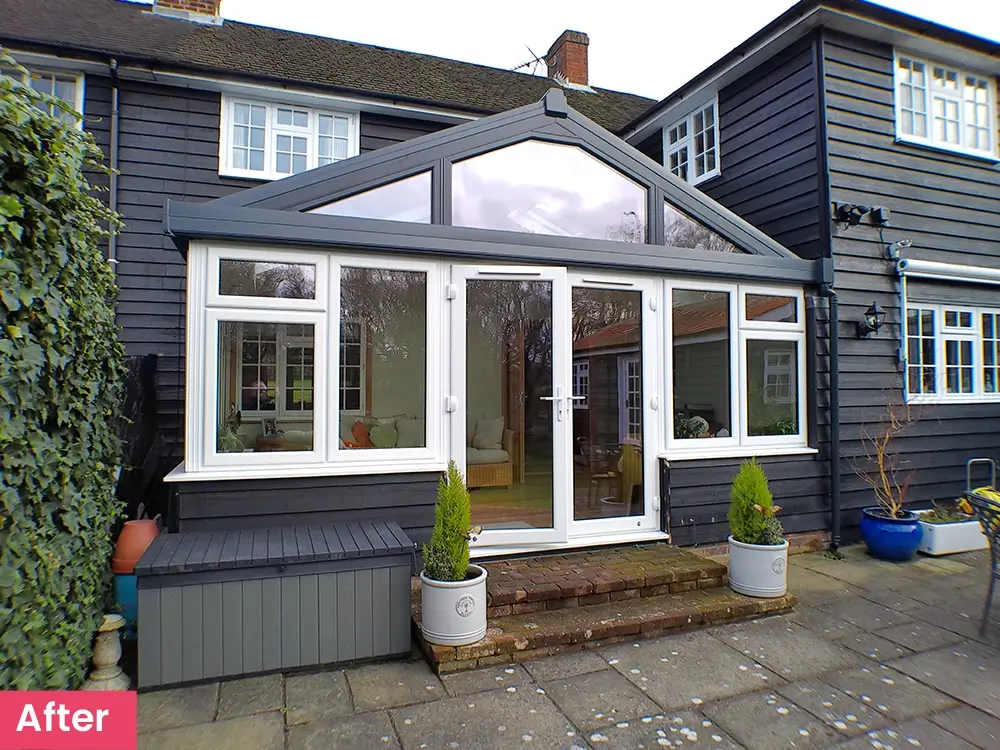
‘I also wanted to check out the construction, the design, the strength of the roofing structure and ultimately its longevity.’
The main consideration was how effective the roof would be relative to the ‘greenhouse’ it was to replace.
At the point of surveying it is possible to produce models for temperature management of different designs and material specifications. These can help enormously in clarifying what the eventual energy performance and thermal properties of the completed structure will be. But obviously you can’t test it until it is built.
And it was during the build that the Russells’ confidence in their chosen design increased.
The installers, who had worked on similar projects, were able to demonstrate how the new structure would make a big difference. ‘They explained about the materials they were using and how the insulated layers worked, including the glass in the panels.’
Advances in materials and product design have improved temperature management, but build quality is a big influence on the long term performance of the structure. A measure of quality is in the way the project is managed and built by the teams on site.
‘The schedule was all mapped out for us at the beginning. So we knew who was going to be doing what, when, and they stuck to it.’
The Russells’ conservatory was a complex build in some ways and presented some challenges but SEH BAC remained committed to the schedule and ensured that there were sufficient people available to complete the project on time.
‘I think it was noticeable that they were very efficient throughout the build. There was never any mess. They brought only what they needed for that particular day or two days work, so there weren’t materials lying around all over the place.’
So far, the conservatory is certainly a big improvement. ‘It was much more comfortable using that area during the winter. It felt better insulated and warmer, so we expect the insulation will keep it much more comfortable in the summer too.’
Mr Russell feels that the research was a key part in choosing the right products and the right company to instal and manage the project. ‘I would say to anyone considering something similar, just make sure you do your research, and then you can feel confident in the build quality, the process, and the output. I don’t think you shouldn’t be hesitant or anxious about it.’
For more information on how SEHBAC can help with your next home improvement project, visit your local showroom or get in touch.
Get in touch




